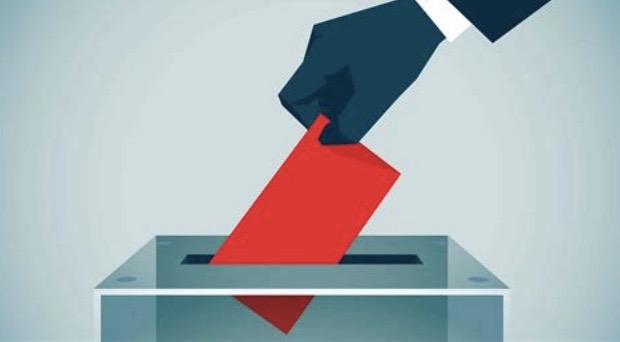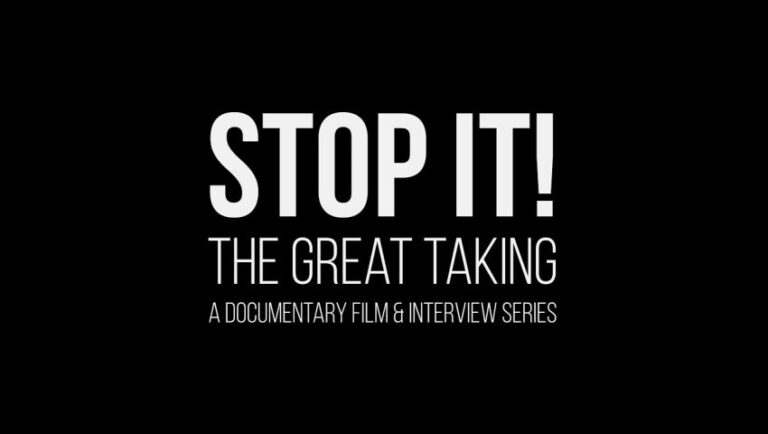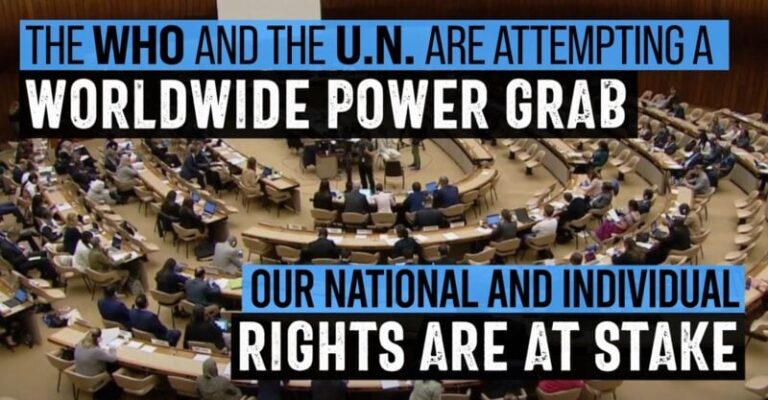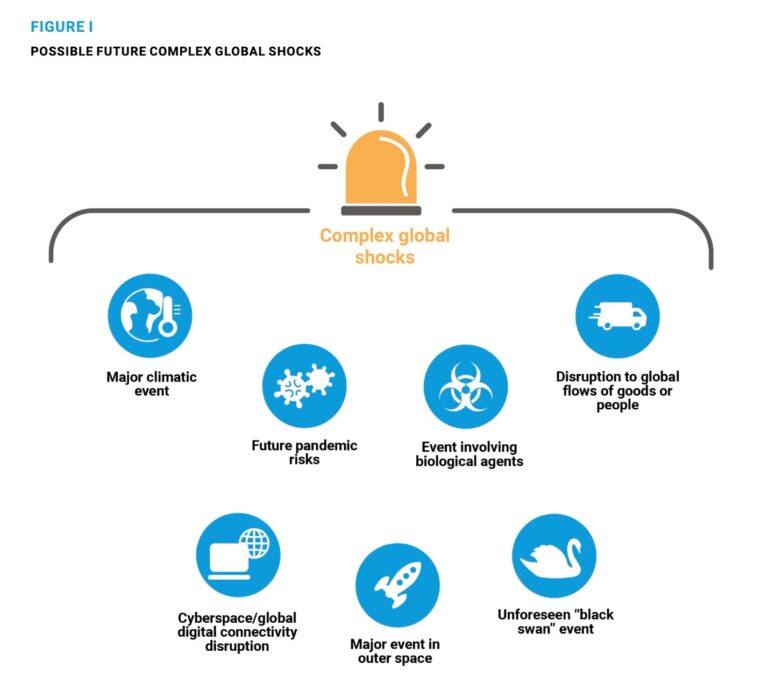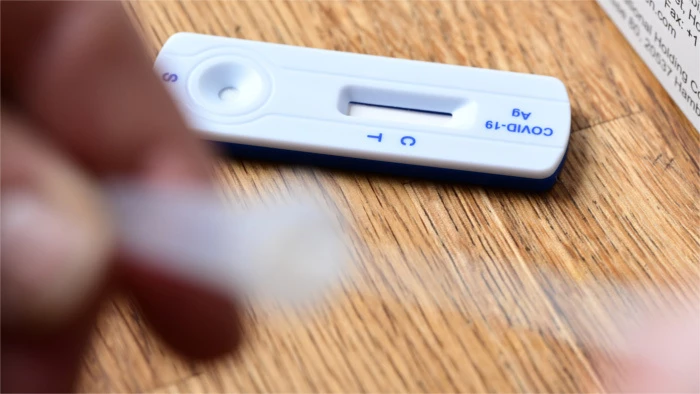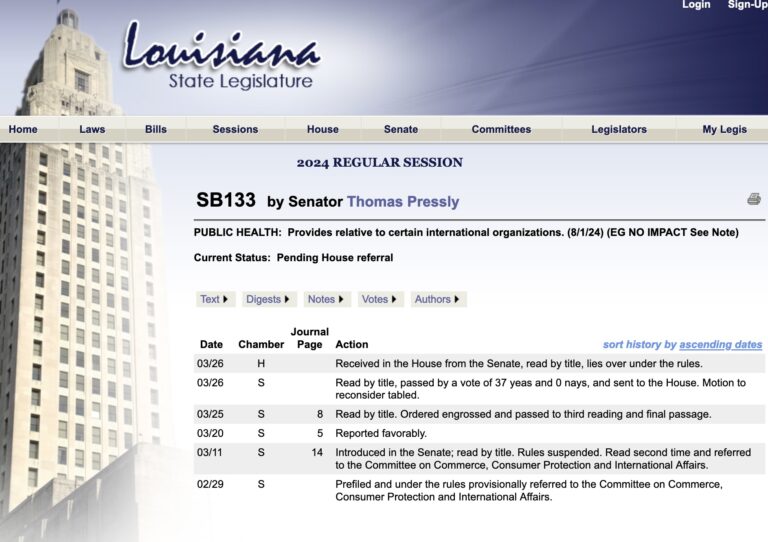Probably most would agree that the two-party system keeps important topics like peace and single-payer healthcare out of the public discourse and ensures that candidates outside the mainstream will never have fair access to the election process. We know that PACs and corporate campaign finance (Citizens United) have an outsized effect on who gets elected, and we know that the President is elected by an Electoral College that doesn’t always reflect the majority of the popular vote. We know these things because they have been well-covered by our press and broadcast media.
What is less well known is that the vote count itself – the process of tallying our votes – is suspect, and has been corrupted many times in the past, potentially changing outcomes in national elections. This story has always been off-limits for the news media, and apparently both political parties conspire to keep the counting process secret and hackable.
The USA has a long history of election theft by stuffing ballot boxes, going back to the 19th century and implicating both parties. The Collier brothers wrote a book based on their experience and in-depth investigations in the 1990s, titled VoteScam.
In 2000 the vote was stolen in plain sight, when the Supreme Court (Bush v. Gore) ruled that the state of Florida had to halt its recount of ballots. From this event emerged the Help America Vote Act of 2002, which led all states to adopt computerized voting machines and scanners.
The result was that ballot-box stuffing became obsolete, and the era of wholesale electronic vote theft was born. Ronnie Dugger told the story in The Nation of the 2002 election in Georgia. Robert Kennedy and Steve Freeman told the story of the stolen 2004 election in Rolling Stone. Incidentally, both The Nation and Rolling Stone have removed these pieces from their archives, requiring the reader to go to archive.org to find them.
The ease with which many computerized voting machines can be hacked has been extensively documented and occasionally reported in the mainstream media. Touch-screen, push button, and electronic scanners are all vulnerable. In some cases, there has been direct testimony detailing how this was done, beginning with the Ohio presidential election in 2004. In many more cases, there has been suggestive statistical evidence that electronic vote theft has occurred.
Starting in 2004, there has been a consistent “red shift” in ballot counts vs polling results. This term refers to a statistical excess in Republican votes compared to expectations from exit polls, which had been our most reliable check on the voting machines. This story is reported in the book Code Red by Jonathan Simon, who has updated the volume every two years.
The Democratic establishment is well aware of all this tilt in the vote count before the 2020 Presidential election. In 2016, there was evidence that Bernie Sanders would have been the nominee, if votes had not been shifted during the primary elections in favor of Hillary Clinton, and votes for Sanders had not been suppressed. For example, in California, most Democrats are registered as independent, because doing so, they still have the right to vote in the Democratic primary as independents. However, new procedures in 2016 made it difficult and confusing to assert this right.
In 2020, Donald Trump became the first Presidential candidate to make a public accusation that the vote tallying system had been corrupted. This was a difficult case to prove, because pre-election polls were too close to call, and exit polls were not available because Covid restrictions led to a high proportion of mail-in votes.
Since 2004, election integrity advocates have been proposing a return to hand-marked, hand-counted paper ballots. The old-fashioned system may be supplemented with real-time video of the counting process. This was the system in use in the US for two hundred years, and it is still used in Canada and most European democracies. Arguments that it is slow and impractical seem beside the point, if the integrity of our democracy is at stake.

